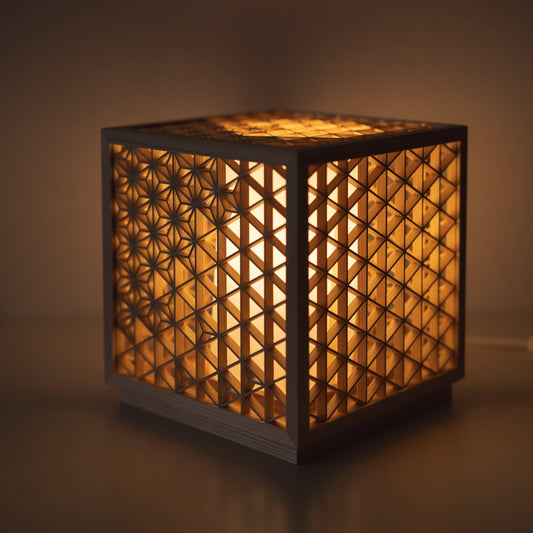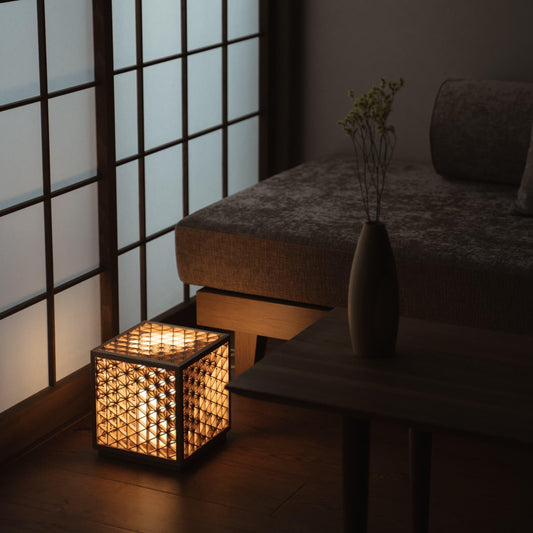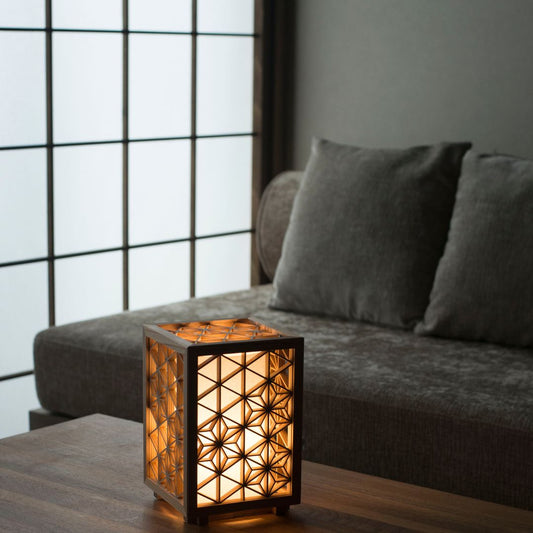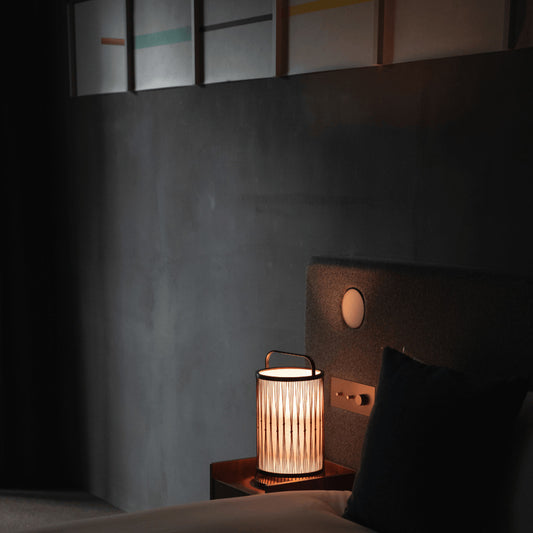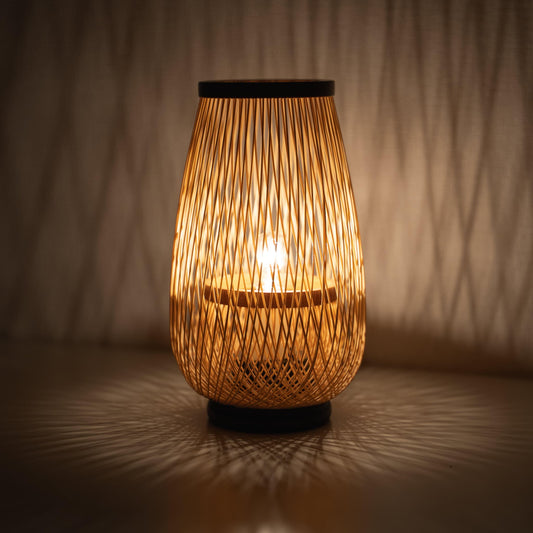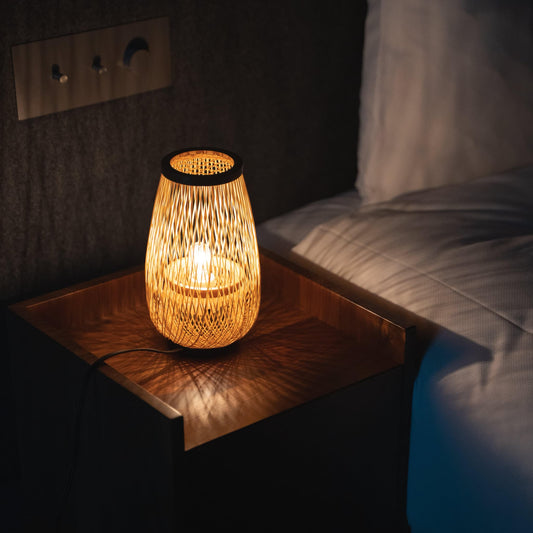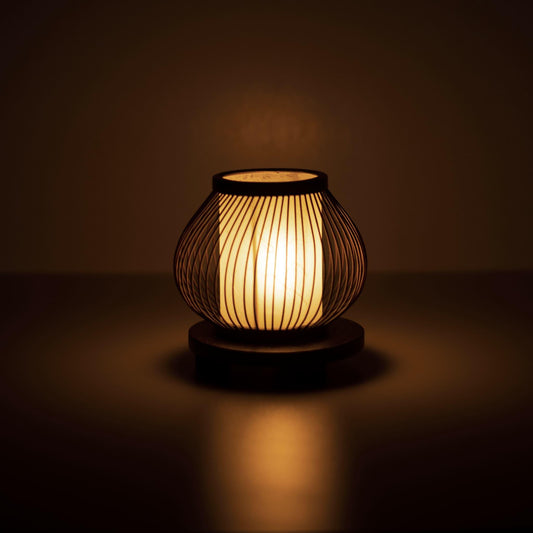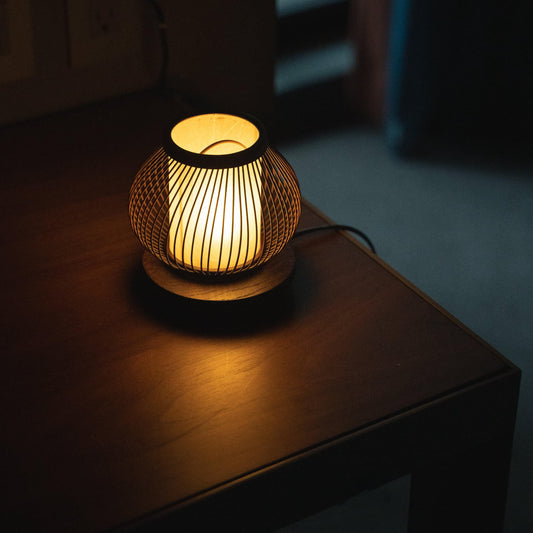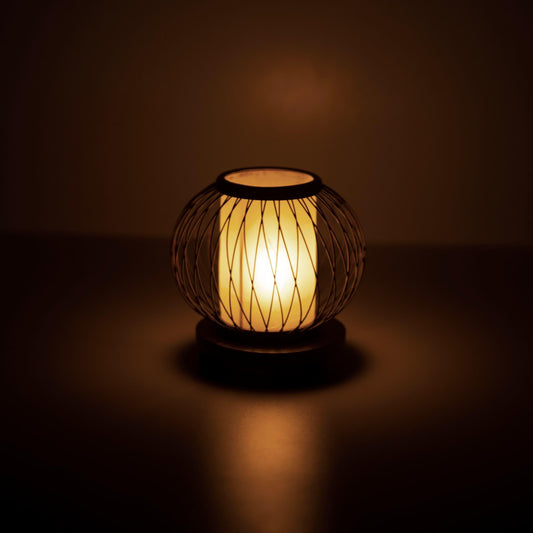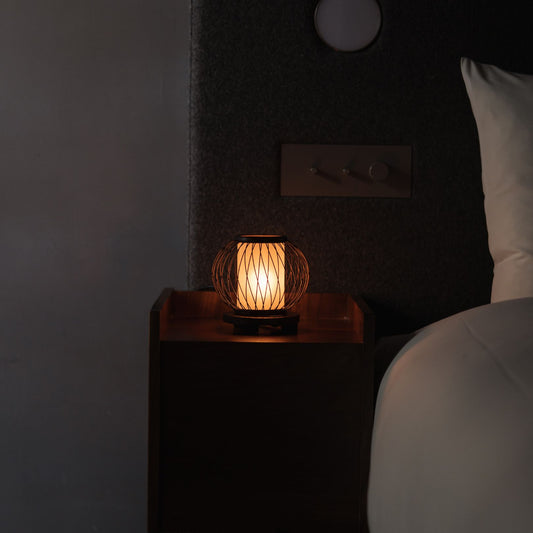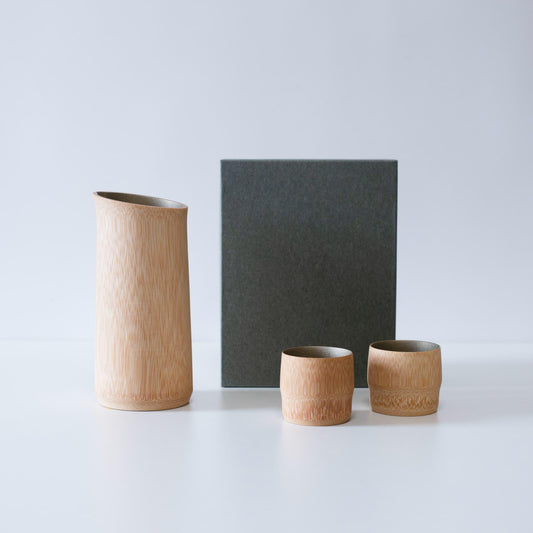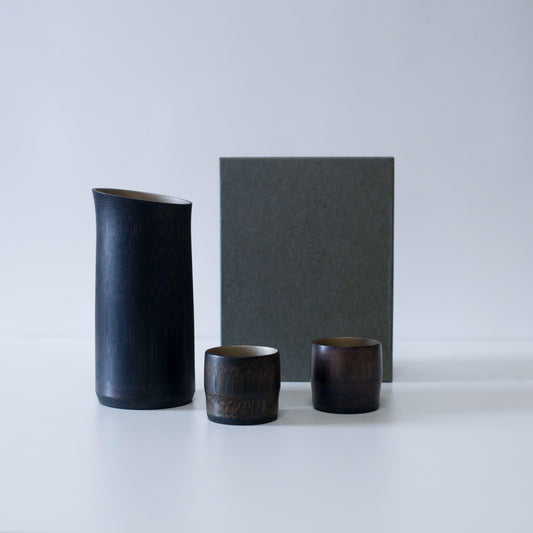Collection: Japanese 100 years Tradition Collection

Experience Japanese Tradition of 100 years and Craftmanship
We proudly handle an exquisite collection of Japanese traditional crafts, crafted by artisans who have preserved their techniques for over a hundred years. The craftsmen supplying our store are guardians of Japanese tradition, ensuring the preservation and continuation of these precious art forms by passing down skills and techniques across generations, sometimes for nearly a millennium.
In our store, you can discover treasures such as meticulously crafted ceramics, lacquerware, and wooden lighting, each richly reflecting Japan’s cultural heritage. Each piece tells a story of dedication, craftsmanship, and reverence for tradition, embodying centuries of expertise and artistry.
One of our primary missions is to support the perpetuation of Japanese traditions. By curating and promoting these traditional crafts, we aim to provide artisans with a platform to showcase their talents and sustain their livelihoods. Through your support, you acquire not just a piece of Japan’s history but also contribute to the preservation of a cultural heritage that transcends generations.
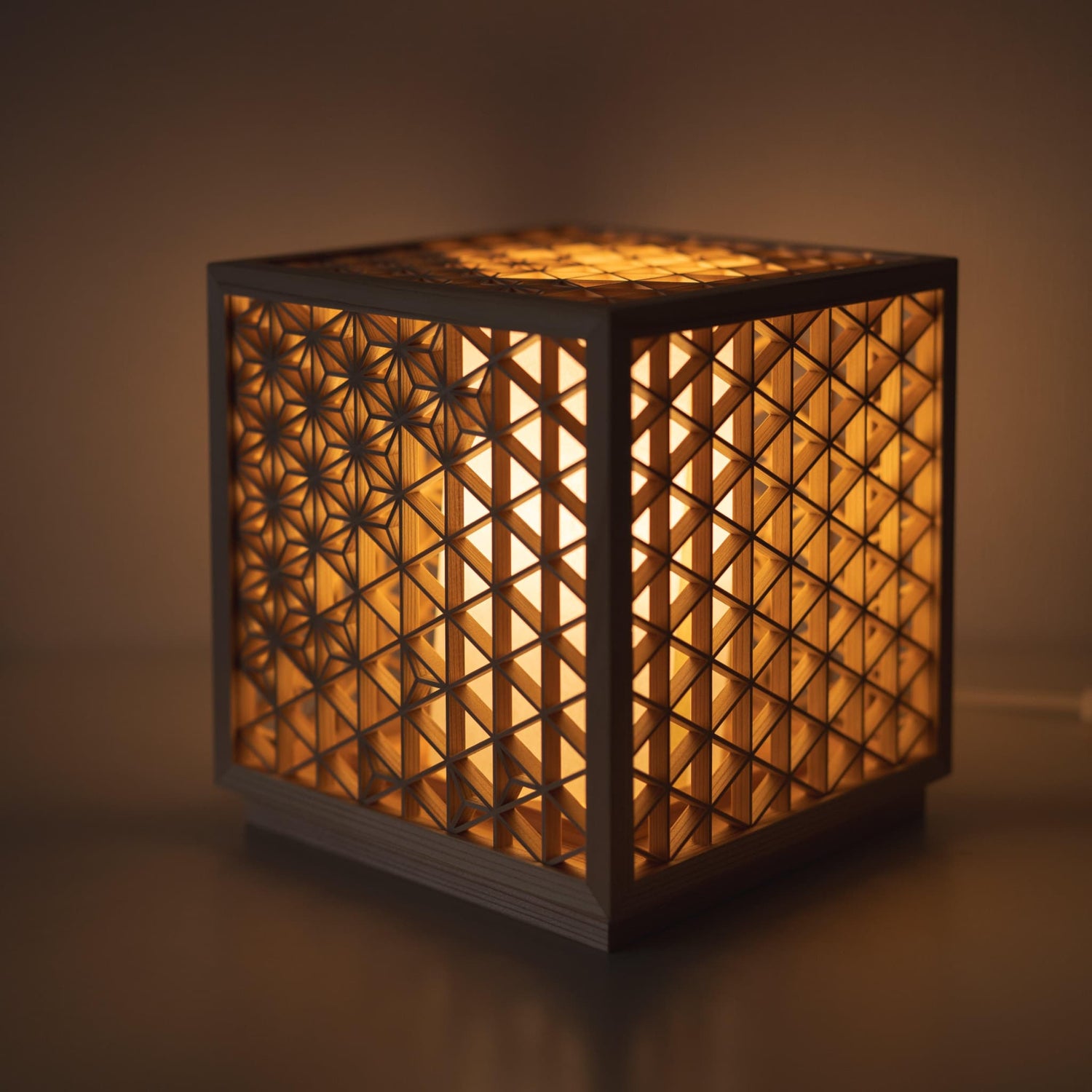
Kumiko Woodworking: 1400 Years of History from Around the 7th Centure
Kumiko woodworking, a traditional Japanese technique that creates intricate geometric patterns by assembling thin wooden pieces without nails, can be seen in Horyuji, the world's oldest wooden structure completed in 607. Our kumiko lighting is handcrafted by five artisans using this 1400-year-old technique. The kumiko cube light is made from 600 wooden pieces, requiring perfect precision, as any misalignment prevents its completion. It is a masterpiece that demands the highest level of craftsmanship.

Nagaoka Bamboo Craft: 1100 Years of History from Around the 10th Century
Nagaoka's bamboo craftsmanship in Kyoto, Japan, is mentioned in an ancient code from 927, noting that bamboo chopsticks for the imperial court came from this region, highlighting its exceptional bamboo craftsmanship even then. Using techniques passed down for over 1100 years, modern artisans create bamboo sake vessels and cups that fit well with modern interiors incorporating natural materials.

Shizuoka Bamboo Craft: 760 Years of History from Around 1260
Shizuoka bamboo craftsmanship, a type of bamboo work from the Suruga region of Shizuoka Prefecture, has a history of over 700 years, spreading around 1260. This technique features the use of delicate bamboo strips made from high-quality local bamboo. It produces items like lighting and vases suitable for modern interiors using natural materials. There are 12 craftsmen who have inherited this technique, becoming fully skilled after 5 to 10 years of training.
-
Japanese Kumiko Lantern "Asanoha" - Large
Regular price $780 USDRegular priceUnit price / per$980 USDSale price $780 USDSale -
Japanese Kumiko Lantern "Asanoha" - Small
Regular price $480 USDRegular priceUnit price / per$600 USDSale price $480 USDSale -
Japanese Bamboo Floor Lamp "Moonlight"
Regular price $400 USDRegular priceUnit price / per -
Japanese Bamboo Floor Lamp “Lantern of Shadow"
Regular price $240 USDRegular priceUnit price / per -
Japanese Bamboo Table Lamp “Flower Bud”
Regular price $280 USDRegular priceUnit price / per -
Japanese Bamboo Table Lamp “Star Droplet”
Regular price $140 USDRegular priceUnit price / per -
Japanese Bamboo Table Lamp "Moon Rabbit"
Regular price $140 USDRegular priceUnit price / per -
Japanese Bamboo Sake Set - Tin Makie
Regular price $330 USDRegular priceUnit price / per -
Nested Tea Set (Teapot and Teacups) - Black
Regular price $140 USDRegular priceUnit price / per$160 USDSale price $140 USDSale -
Nested Tea Set (Teapot and Teacups) - White
Regular price $140 USDRegular priceUnit price / per$160 USDSale price $140 USDSale

